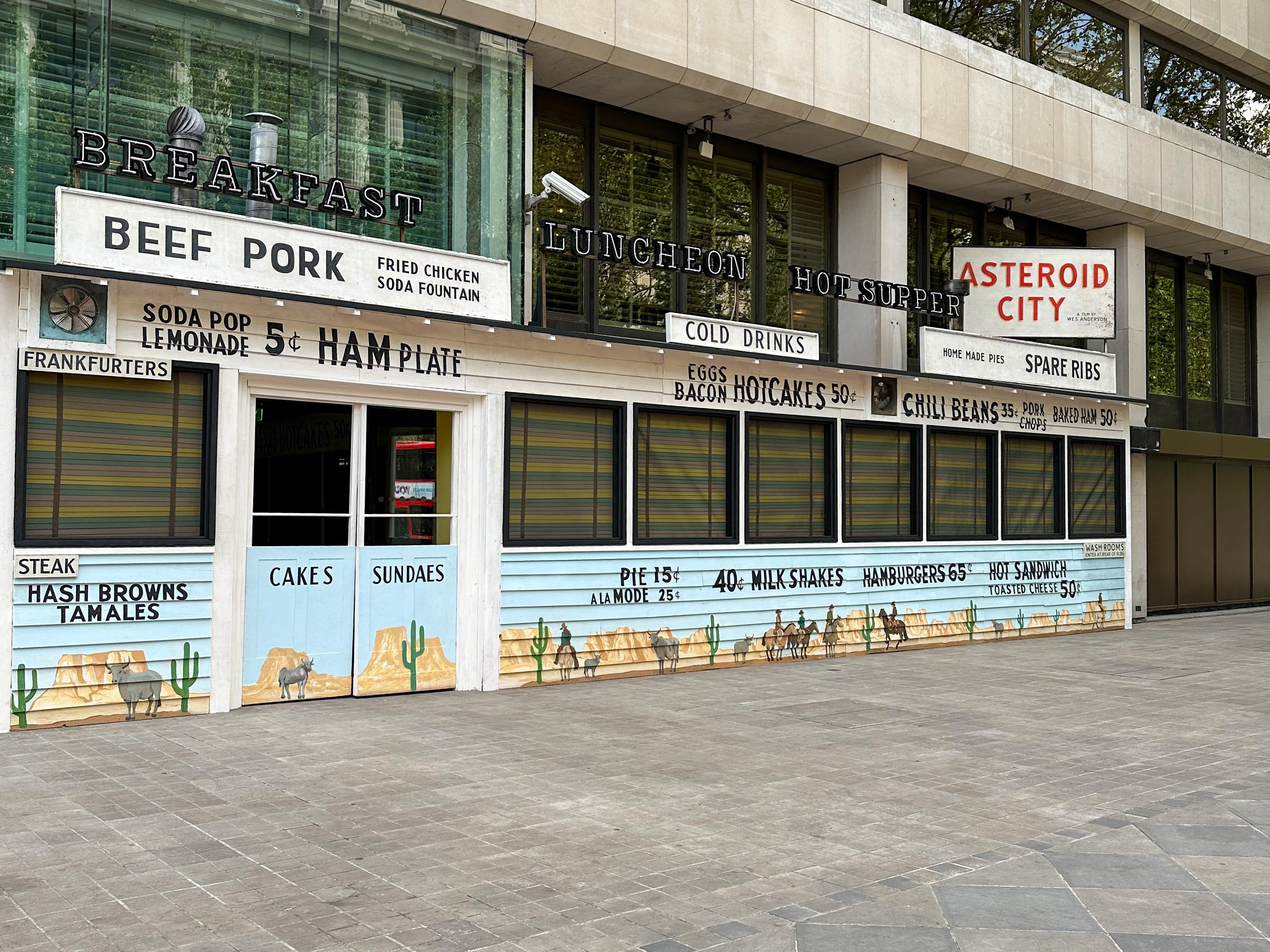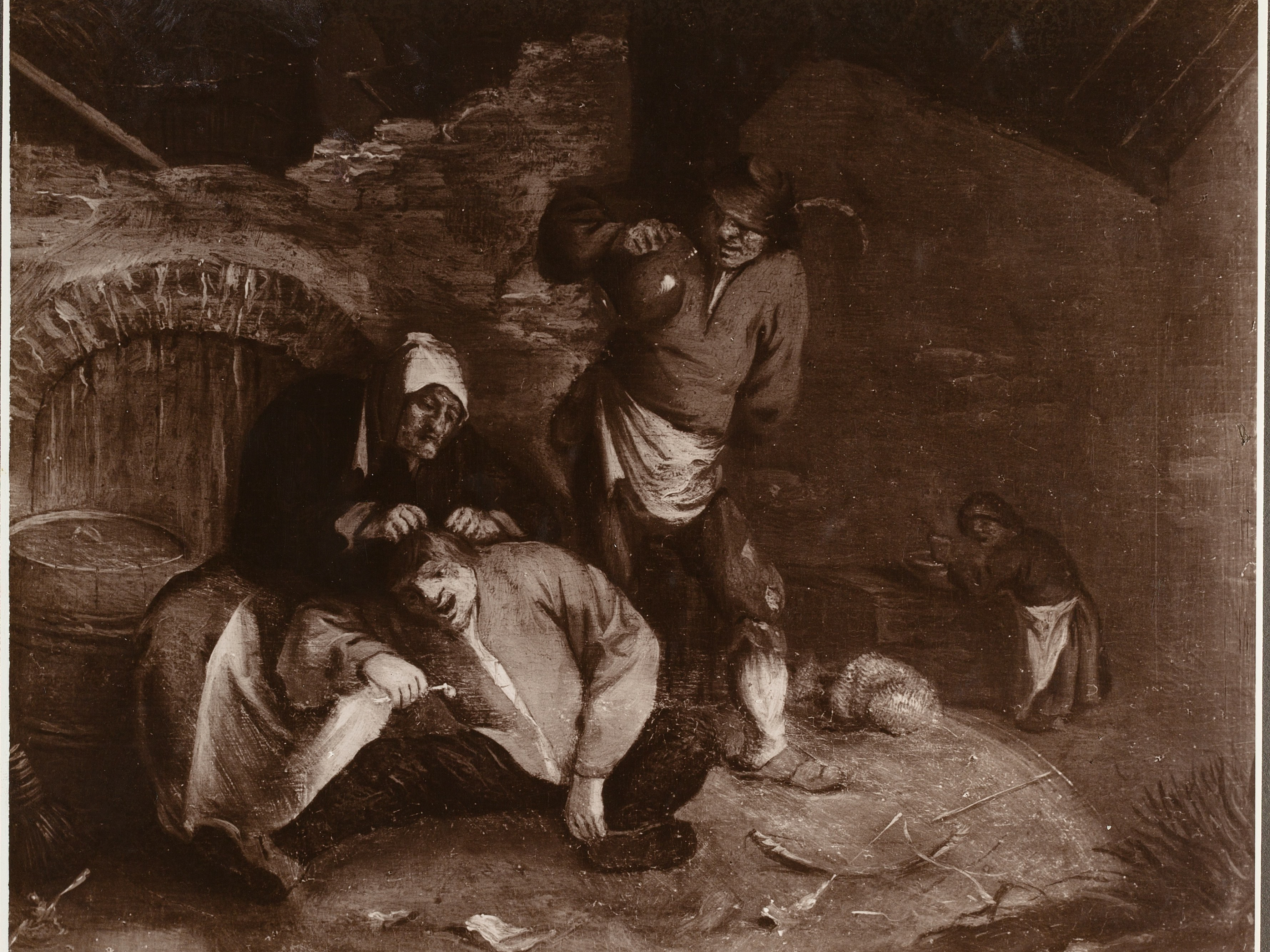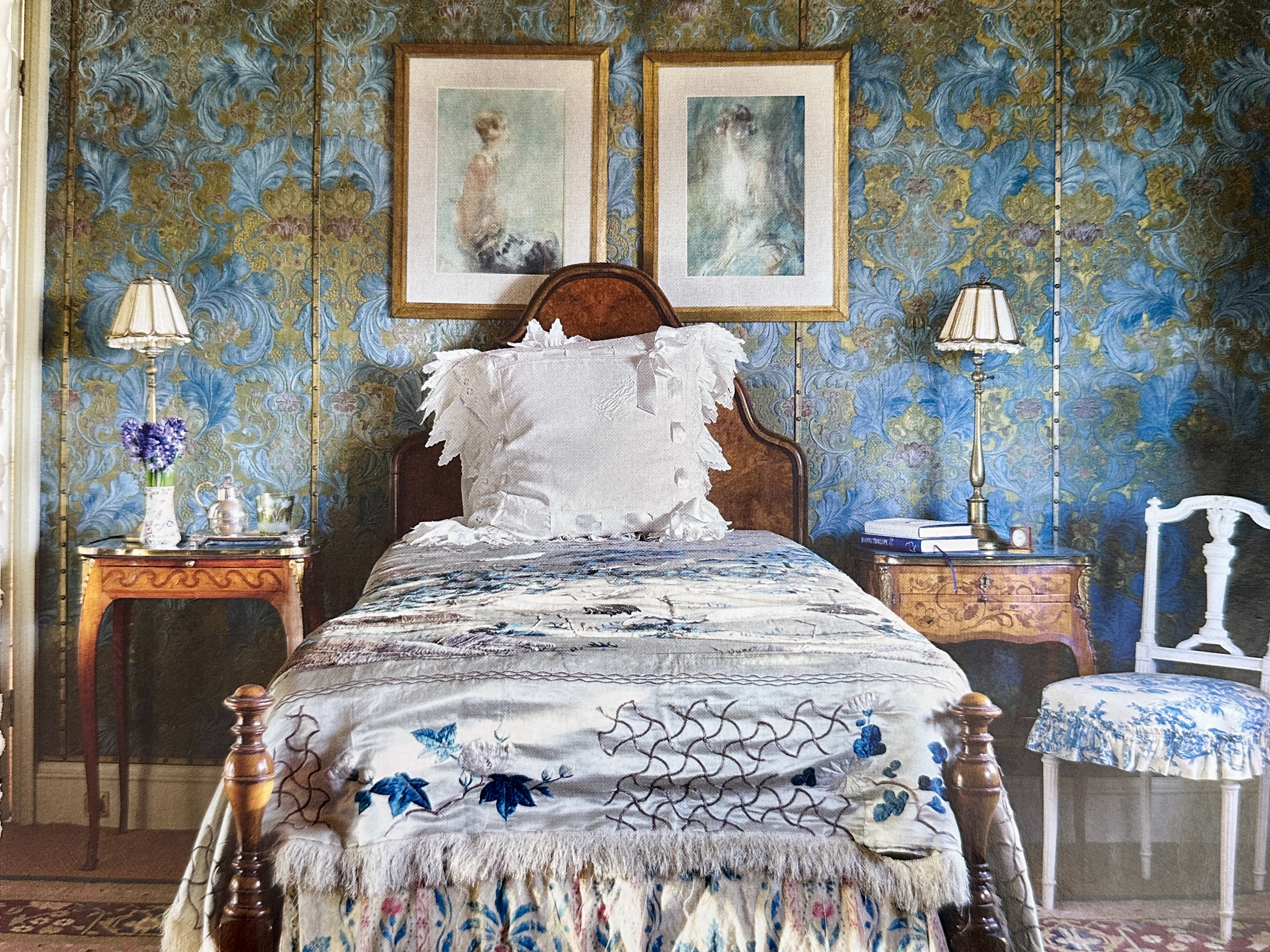Schloss Neuschwanstein under construction in 1886
Ludwig II, also known as the "Swan King" or the "Fairy Tale King" (der Märchenköning), became king of Bavaria at age 18 in 1864 and ruled until his death in 1886. After 1871, Ludwig largely withdrew from politics and devoted himself to his personal creative projects, like the ambitious construction of opulent palaces, including Neuschwanstein, Linderhof and Herrenchiemsee, for which he personally approved every detail of the architecture, decoration, and furnishing. Additionally, Ludwig showed unwavering support for composer Richard Wagner, serving as a dedicated patron. Eventually, this extravagant lifestyle was used as grounds to label him insane. Ludwig never married.
Schloss Neuschwanstein is located in the Alpine foothills near the Austrian border and can be visited by organised tour from Munich. Unfortunately, I wasn't aware of the fact that it's the most visited tourist attraction in Germany and that because of the Disney association it's especially popular with American and Asian tourists who visit in large groups. It is not allowed to take photographs inside the castle during the mandatory tour, but because it's so crowded that's not possible anyway. Still, a visit to Schloss Neuschwanstein is interesting because of the late 19th century Romantic architecture and "myth building" that's enclosed in the castle. After visiting Versailles and Château de Pierrefonds, Ludwig marvelled in his letters at how the French had magnificently built up and glorified their culture through art and architecture and how miserably lacking Bavaria was in comparison. In Neuschwanstein especially, the contemporary ideas of the medieval glory days of Bavarian culture are translated into a fairytale castle. The few rooms that visitors can see are a highly decorated 19th century version of a dark and drafty castle; Ludwig had installed electric lighting, central heating and a phone line to the village. Unfortunately, he only got to stay at Neuschwanstein for 172 days before he mysteriously drowned in nearby Schwansee (which is not the swan lake of the ballet, I asked).










